For those living in areas that are prone to hurricanes, tornadoes and high wind storms, wind-resistant roofing is a primary concern. Shingles are generally known for one purpose — keeping the outside weather from entering the inside of the home. If you live in the south or in the central part of the country, heavy winds present a major risk factor that includes hail and wind-borne debris. Are all roof coverings equal when it comes to protecting your home from dangerous winds? Many recommend asphalt shingles, metal roofing, or slate.What are the best shingles for high winds and is there a superior option available?
Why is Wind-Resistant Roofing Important?
Roofs that are covered with high wind-resistant shingles are more durable and will stand up to regular weather events better than a non-wind resistant material. Shingles with a high resistance to wind damage are generally constructed with a high impact-resistance.

In addition to protecting your home against heavy wind, there is also large debris that can be thrown around causing even more potential damage. Tree limbs, old signs, patio furniture, loose lumber are just a few examples of some of the items that can become projectiles and end up hitting your roof during a storm.
Travelers Insurance conducted a study and discovered that 25% of all damage claims filed by homeowners between 2009 and 2015 were related to wind damage. Of those claims, 15% were the result of hail damage. The best roofing material for high winds is also the best protection against impact damage.
How to Choose a Wind-Resistant Roofing Material
When choosing the best roofing material for high winds, there are three things to consider:
- Wind classification of the shingle. They are rated as either Class 1, 2, 3 or 4, with Class 4 having the highest resistance.
- Shingles that are “impact-resistant” are considered a class 4 product, and are designed to withstand high winds and hail damage. They may be made of copper, aluminum, resin and plastic (composite). Shingles with a Class 4 rating have an impact resistance rating of UL 2218.
- You should demand a roof tile that has a Class 4 impact rating (the highest hail performance certification recognized in the industry).
Recommendations may include regular asphalt, metal, wood and slate, but each of these has a strong list of negatives. Asphalt shingles easily shed their protective granules, metal roofing will dent more easily than most products, wood offers some protection but requires a great deal of maintenance, and slate is extremely heavy and expensive.
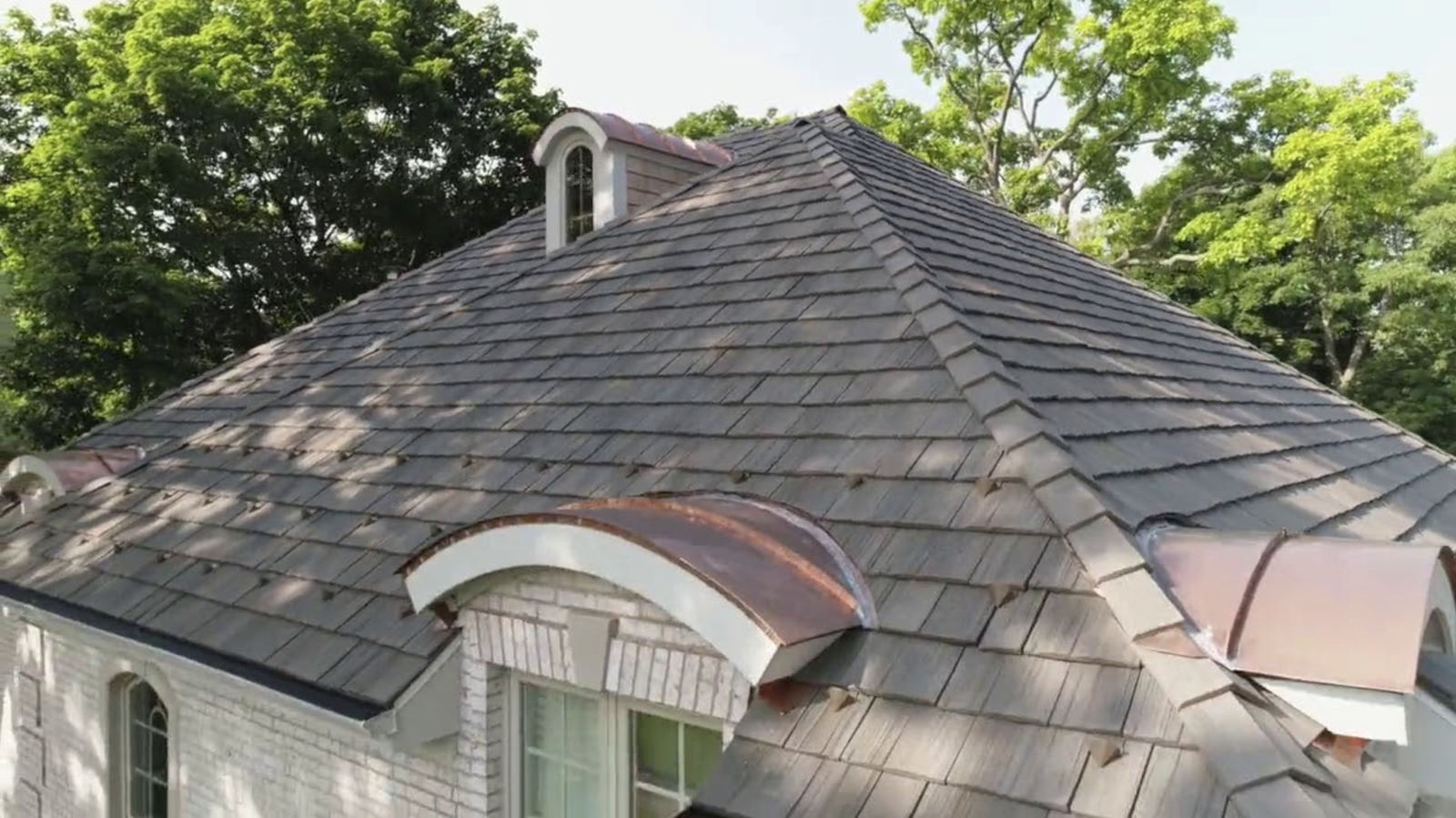
Wind Resistance Testing
Underwriters Laboratories has developed standards and provides testing for a shingle's resistance to impact. Shingles are rated Class 1 through 4, with Class 4 shingles having the highest resistance. UL performs the test by dropping a steel ball from 20 ft. to see if the roofing material will crack. Standard shingles will crack and the surface of the shingle will show signs of penetration. On a Class 4 rated shingle, no evidence of cracking or tearing is present.
Wind Resistant Synthetic Shingles — a Superior Solution
The modern approach to effectively protecting your roof structure from damaging wind and hail is to use Brava’s composite roofing tiles. They provide all of the protection of a Class 4 impact-resistant roofing shingle with the advantage of being lightweight, easy to install, and readily available. Brava’s composite roof shingles are environmentally-friendly because they are made from recycled products and are fully recyclable. In addition, they are made in the USA! At Brava, we offer a great selection of the most in-demand roofing tile designs:
Synthetic Slate
A slate tile roof is a luxury statement because it is beautiful and almost always found on the most expensive homes in America as well as Europe. Brava’s Old World Slate tile offers the beauty of real slate without the high cost of maintenance and the need for additional roof support.
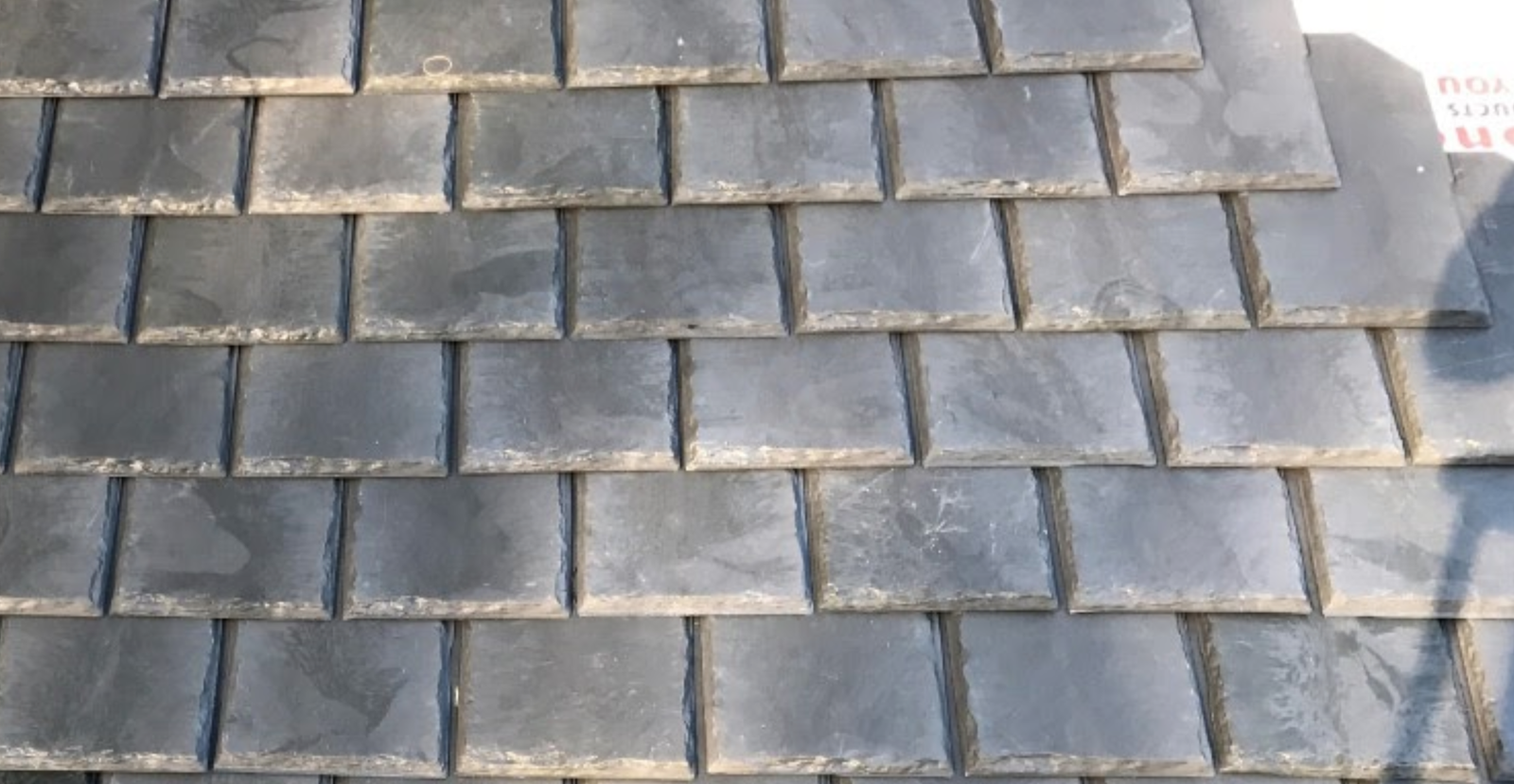
Synthetic Cedar Shakes
Brava’s cedar shake composite tile is the best of both worlds — the classic look of real cedar and the peace of mind knowing that your shingles are not going to rot, warp, or crack. It’s available in 3 different widths so you can achieve the look of real rough cut cedar shakes.
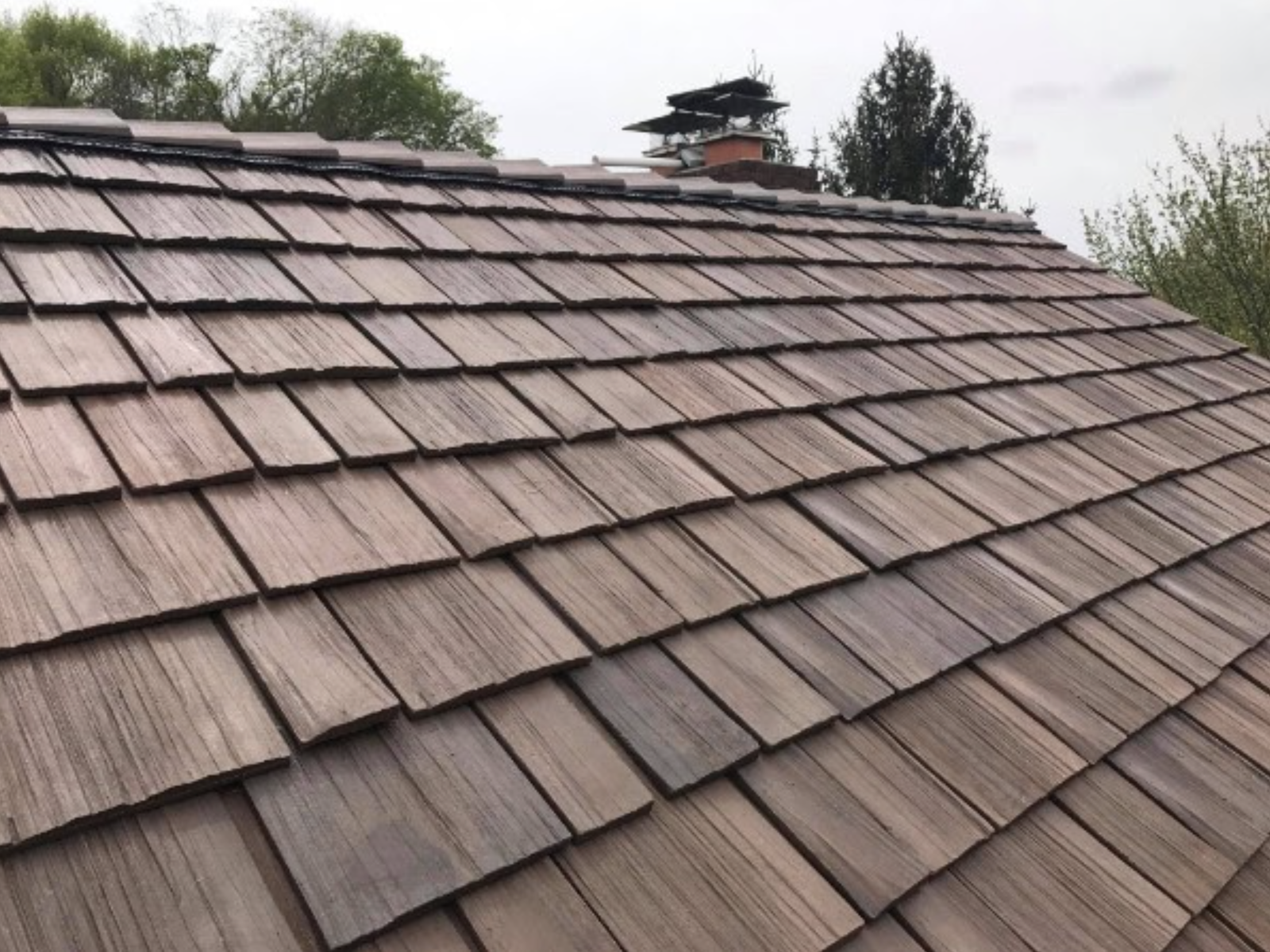
Synthetic Clay
Brava’s Barrel tile — a composite Spanish roof tile — brings to mind the elegance of a Mediterranean villa without the added weight and installation expense of real clay. Barrel roof tiles are perfect for areas with repeat freeze-thaw cycles since the composite materials do not absorb water, and therefore will not crack or break under the same conditions that can affect regular clay tiles.
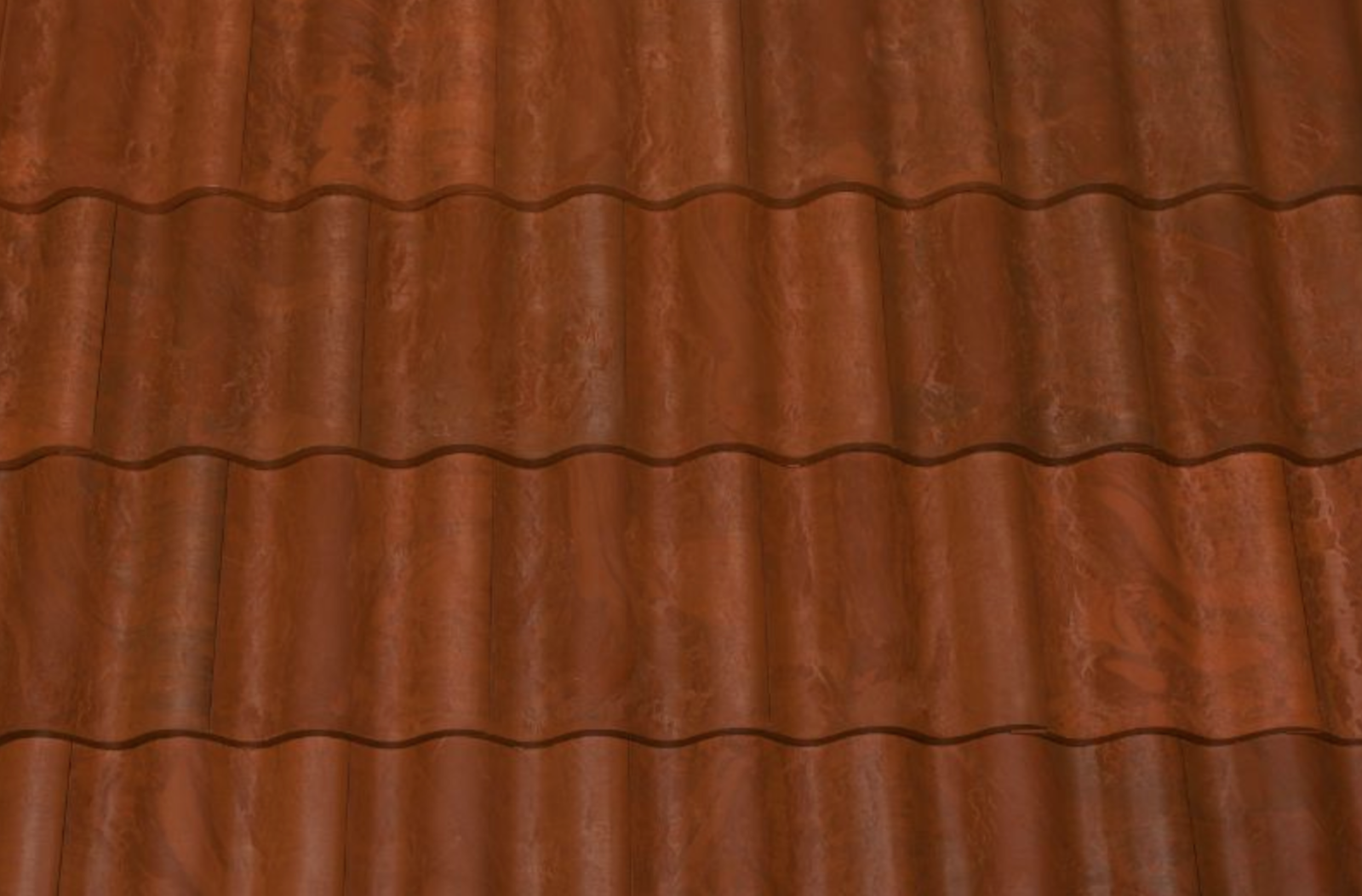
Choose Brava Roof Tiles for The Best Wind-Resistant Roof
The best roofing material for high winds will combine the most advanced safety features on the market today — a Class 4 impact rating as well as warranty protection of up to 50 years — with the aesthetic appeal that draws discerning homeowners to slate, cedar and spanish tile roofs.
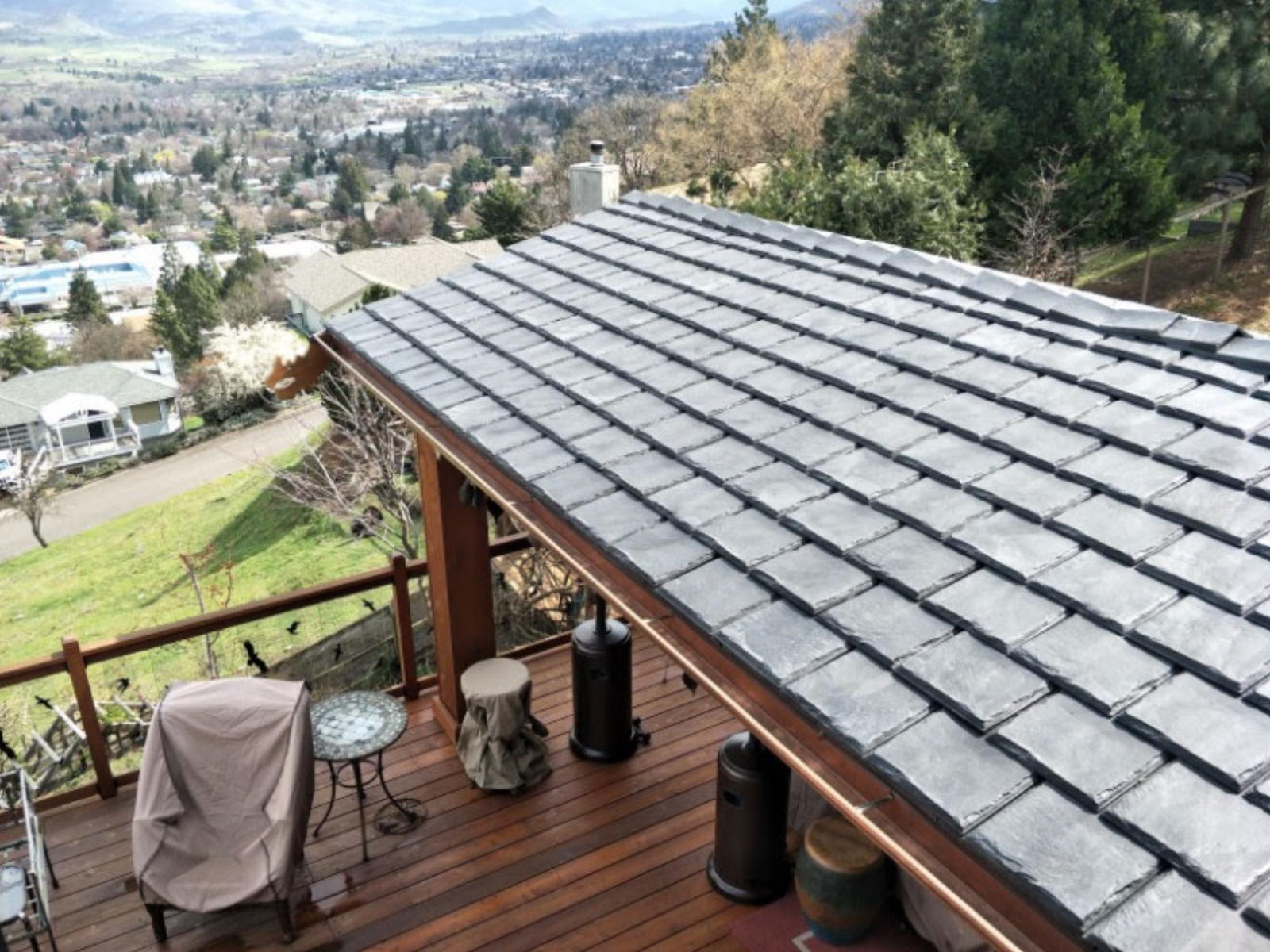
Brava roof tiles will give you the best of both worlds. Manufactured in the USA to exacting standards, Brava’s composite roof tile product line offers Class 4 impact ratings, Class A and C fire ratings, and an almost limitless color selection in all of their roof tile products. Did we mention the 50-year limited warranty?
Today’s marketplace is full of choices when it comes to roofing products, but the best shingles for windy areas, in our humble opinion, is the Brava Composite Roof Tile. Contact us today for a free sample and see for yourself why Brava roof tiles are installed all over the USA.
Get Inspired - Click Here to Order Your Complimentary Lookbook.



